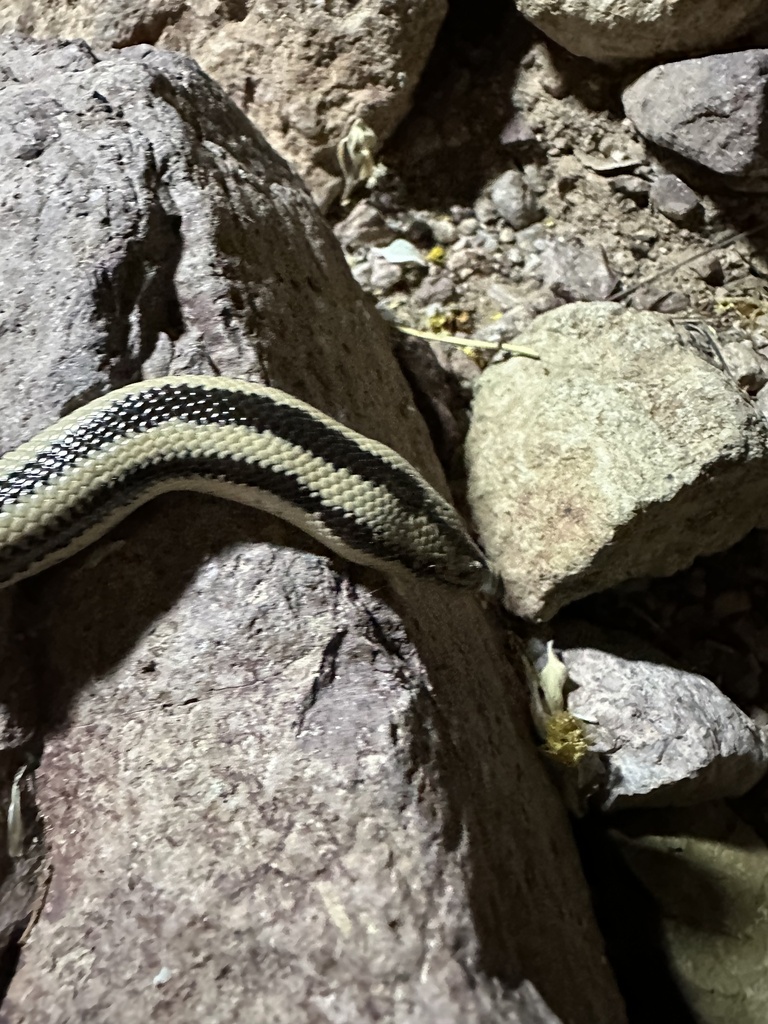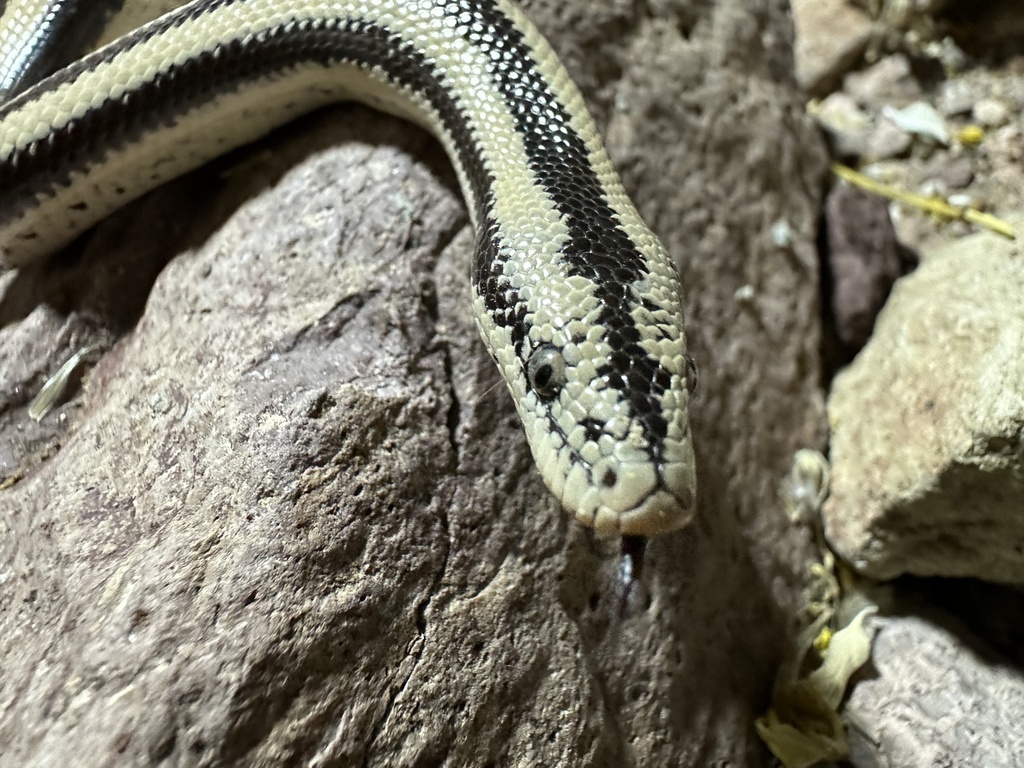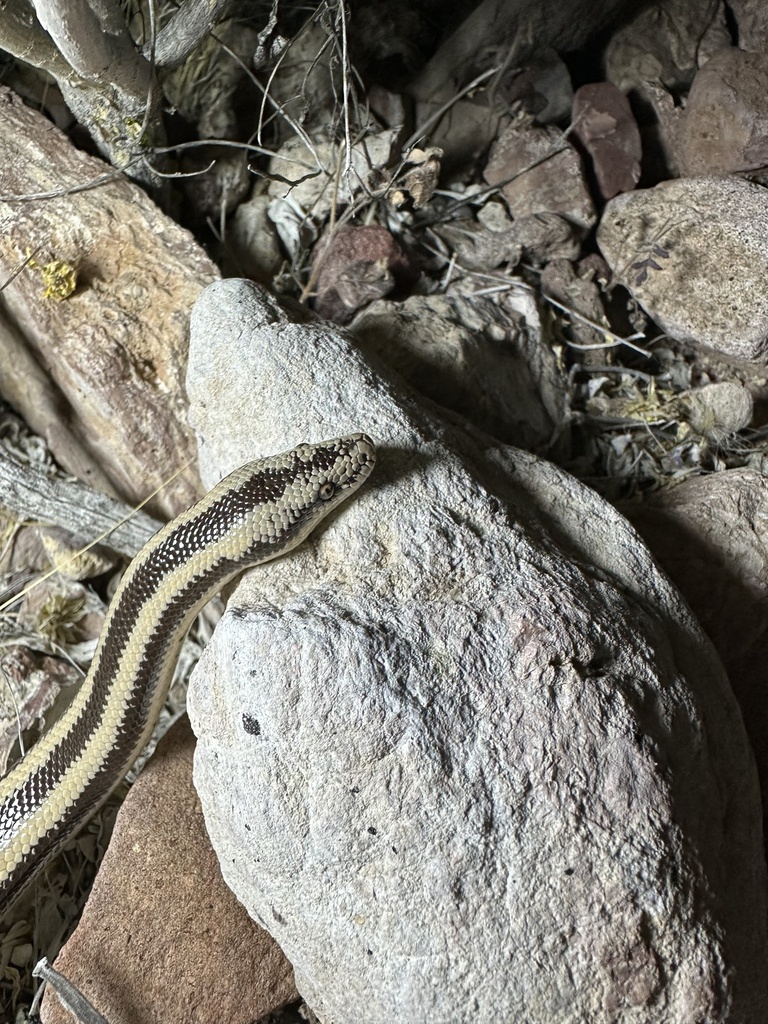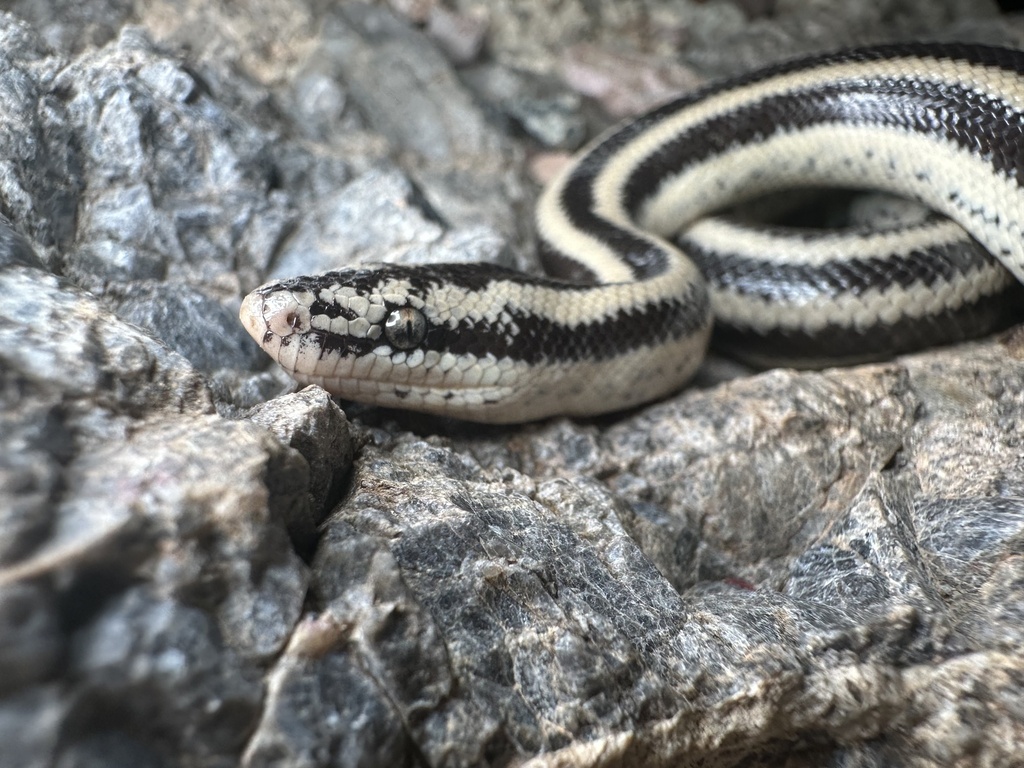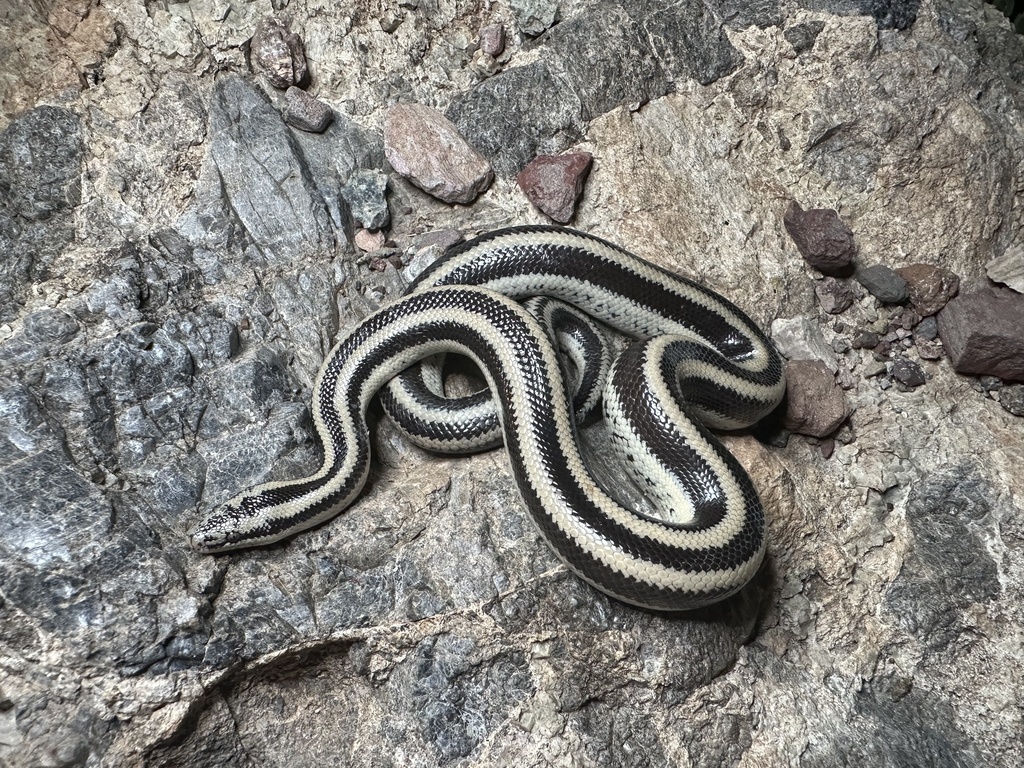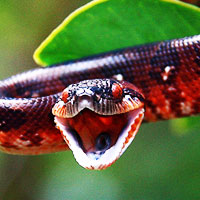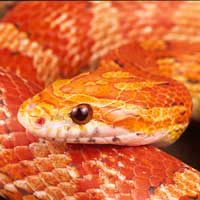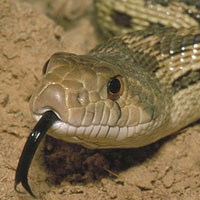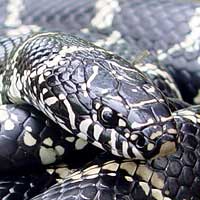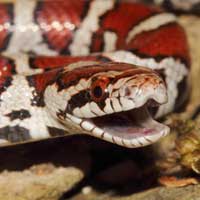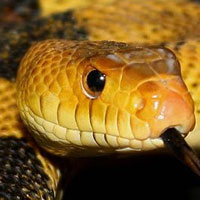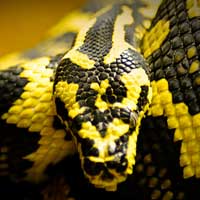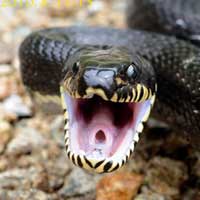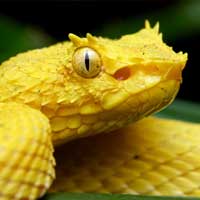Desert Rosy Boa: A Low-Maintenance, Striking Snake Perfect for Any Keeper
The Desert Rosy Boa is scientifically classified as Lichanura trivirgata and belongs to the Boidae family. Native to the arid regions of the southwestern United States and northwestern Mexico, this small and docile constrictor is renowned for its beautiful striped pattern, slow movements, and beginner-friendly care requirements.
Scientific Name: Lichanura trivirgata
Snake Family: Boidae
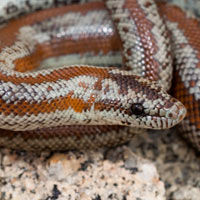
Meet the Desert Rosy Boa: Small, Docile, and Easy to Love
The Desert Rosy Boa is a small, slow-moving constrictor that has gained immense popularity among reptile enthusiasts for its manageable size, beautiful coloration, and calm demeanor. Scientifically known as Lichanura trivirgata and part of the Boidae family, this species is native to the arid deserts and rocky terrain of the southwestern United States and northwestern Mexico. Its characteristic stripes and gentle disposition make it an ideal choice for beginner snake keepers. Whether you're starting your first reptile setup or adding a hardy desert species to your collection, the Desert Rosy Boa is an excellent option thanks to its low-maintenance care requirements and forgiving nature.
Other Common Names for the Desert Rosy Boa
- Three-lined Rosy Boa
- California Rosy Boa
- Coastal Rosy Boa
- Southwestern Rosy Boa
The Rugged Beauty of the Desert Rosy Boa’s Natural Habitat
The Desert Rosy Boa is found across a wide range of arid and semi-arid environments in the southwestern United States and northwestern Mexico. Its natural range includes parts of California, Arizona, Baja California, and Sonora. This boa species thrives in rocky hillsides, desert scrub, and coastal chaparral—any environment that offers both heat and plenty of natural crevices for shelter.
Unlike many tropical snakes, the Desert Rosy Boa is adapted to extreme temperature fluctuations. It spends the hottest parts of the day sheltering under rocks or burrowed beneath the soil, emerging during the cooler parts of the evening and morning to hunt or thermoregulate. Its coloration often mimics the earth tones of its surroundings, providing natural camouflage against predators and prey.
| Habitat Feature | Typical Range |
|---|---|
| Elevation | Sea level to 5,000 feet (1,500 m) |
| Temperature | 70–95°F (21–35°C) |
| Humidity | 15–40% |
| Habitat Type | Desert scrub, rocky outcrops, dry coastal slopes |
What the Desert Rosy Boa Eats: Diet Tips for Healthy Growth
In the wild, Desert Rosy Boas are opportunistic feeders that primarily consume small mammals and occasionally reptiles. Their diet includes mice, young rats, lizards, and even bird eggs. They use constriction to subdue their prey and are known for their slow but deliberate hunting style—ambushing prey in crevices or under cover.
In captivity, their diet is straightforward and easy to maintain. Feeding frozen/thawed rodents is the preferred method, and most individuals transition well to regular feedings on a consistent schedule.
- Hatchlings: Pinky mice once every 5–7 days
- Juveniles: Fuzzy or hopper mice every 7–10 days
- Adults: Small adult mice every 10–14 days
Avoid overfeeding, as Rosy Boas are prone to obesity in captivity. Always provide fresh water and monitor the snake’s weight and feeding behavior. Feeding in a separate enclosure is not necessary, as these snakes rarely exhibit aggressive feeding responses outside of mealtime.
Desert Rosy Boa Temperament: Why They’re Ideal for Handling
The Desert Rosy Boa is widely regarded as one of the calmest and most manageable snakes in the pet trade. Known for its slow movements and gentle demeanor, this species rarely shows signs of aggression or defensiveness—even when young. It tends to tolerate handling well and is a favorite among educators and beginner hobbyists for this reason.
These boas are secretive in nature and spend much of their time burrowed or hiding. When active, they are deliberate and slow-moving, which further adds to their appeal. They are not prone to striking, and their first line of defense is typically to curl into a tight ball or retreat rather than bite.
- Disposition: Docile and non-aggressive
- Defensive Behavior: Rare; will ball up or attempt to hide
- Activity Cycle: Nocturnal and crepuscular
- Handling Tolerance: Excellent, especially with regular interaction
Providing consistent but gentle handling will reinforce their calm behavior. Most Desert Rosy Boas enjoy being handled and can comfortably rest in a keeper’s hands for extended periods without stress.
Desert Rosy Boa Health and Lifespan: A Long-Term Companion
Desert Rosy Boas are extremely hardy snakes that can live for over 20 years in captivity with proper care. They are naturally resistant to many health problems that affect more tropical species, but attention must be paid to their enclosure conditions—particularly temperature and humidity.
- Obesity: Caused by overfeeding and lack of exercise
- Respiratory Infections: Rare, but possible if kept in cold or damp environments
- Shedding Issues: Occasional if humidity is too low or hydration is poor
- Mouth Rot: Rare but can occur with injury or poor hygiene
Regular health checks should include monitoring the snake’s body condition, shedding cycle, and feeding response. Clean the enclosure regularly and ensure a proper thermal gradient. With minimal maintenance and a basic understanding of snake care, most Desert Rosy Boas thrive in captivity for decades.
| Health Metric | Ideal Range |
|---|---|
| Lifespan | 20–30 years |
| Humidity | 15–40% |
| Ambient Temperature | 78–85°F |
| Basking Spot | 90–95°F |
Reproduction and Breeding of the Desert Rosy Boa
Desert Rosy Boas are ovoviviparous, meaning they give birth to live young rather than laying eggs. Breeding typically occurs in the spring after a brief cooling period during the winter. Males become more active and seek out females for mating, often engaging in gentle courtship behavior such as tongue flicking and body alignment.
After successful mating, females undergo a gestation period of approximately 120 to 150 days. Litters typically consist of 3 to 10 neonates, although larger females can produce up to 15. The young are born fully developed and are typically independent feeders within their first week of life.
- Breeding Season: Spring, post-brumation
- Gestation Period: 120–150 days
- Litter Size: 3–10, sometimes up to 15
- Neonate Size: 7–10 inches
Captive breeding is common and relatively straightforward. Providing a gradual cooling period of 2–3 months followed by normal conditions often stimulates breeding. Separating the sexes before reintroduction can also improve mating success.
Care and Handling Tips for the Desert Rosy Boa
One of the major reasons the Desert Rosy Boa is so beloved in herpetoculture is its ease of care. These snakes thrive in simple enclosures with minimal equipment and are forgiving of small mistakes—making them perfect for both newcomers and seasoned keepers looking for a low-maintenance pet.
- Enclosure: 20-gallon long tank or 24x18x12” minimum for adults
- Substrate: Aspen, paper, or sandy-soil blends for burrowing
- Hides: One hide on each end of the enclosure
- Heating: Under-tank heating pad or ceramic heat emitter
- Water: Shallow dish, refreshed every 2–3 days
Handling should be limited during the first few weeks to allow the snake time to acclimate. After that, regular handling will reinforce calm behavior. Always support the body and avoid sudden movements. These snakes rarely musk, bite, or flee—making them one of the easiest constrictors to manage.
Other Snakes In This Species
 Argentine Boa
Argentine Boa Calabar Burrowing Boa
Calabar Burrowing Boa Colombian Rainbow Boa
Colombian Rainbow Boa Common Boa
Common Boa Cooks Tree Boa
Cooks Tree Boa Cuban Boa
Cuban Boa Desert Rosy Boa
Desert Rosy Boa Desert Sand Boa
Desert Sand Boa Dumeril Boa
Dumeril Boa Egyptian Sand Boa
Egyptian Sand Boa Emerald Tree Boa
Emerald Tree Boa Haitian Boa
Haitian Boa Hog Island Boa
Hog Island Boa Madagascar Ground Boa
Madagascar Ground Boa Madagascar Tree Boa
Madagascar Tree Boa Pacific Boa
Pacific Boa Red Sand Boa
Red Sand Boa Rough-scaled Sand Boa
Rough-scaled Sand Boa Rubber Boa
Rubber Boa True Red Tail Boa
True Red Tail Boa Western Rainbow Boa
Western Rainbow Boa
